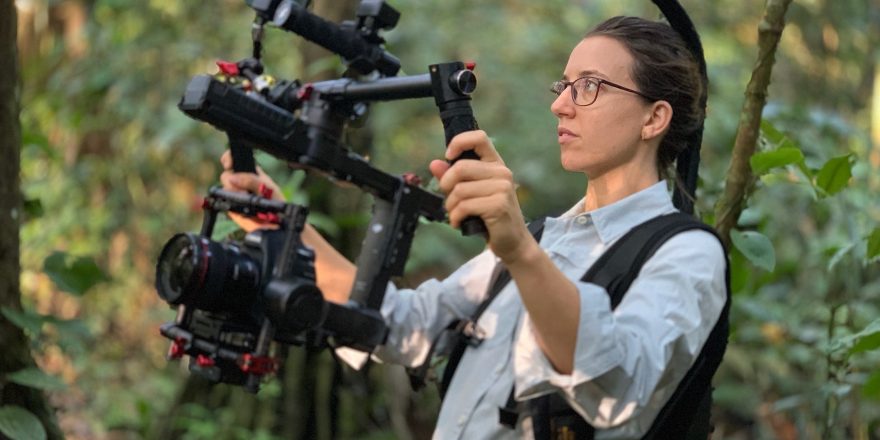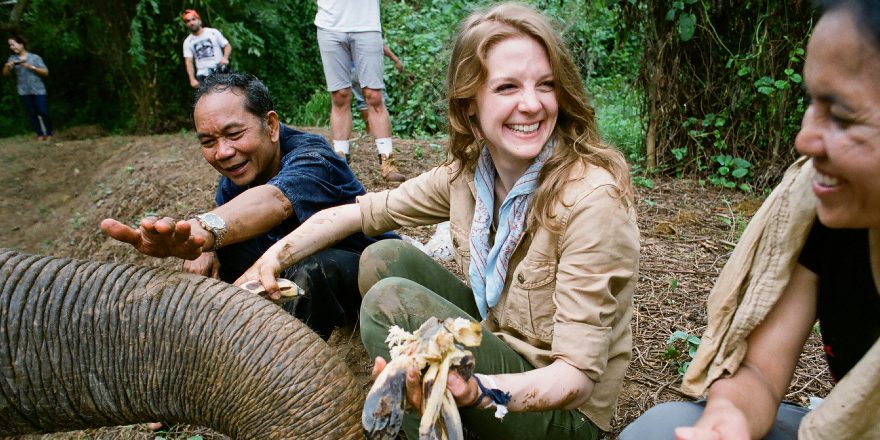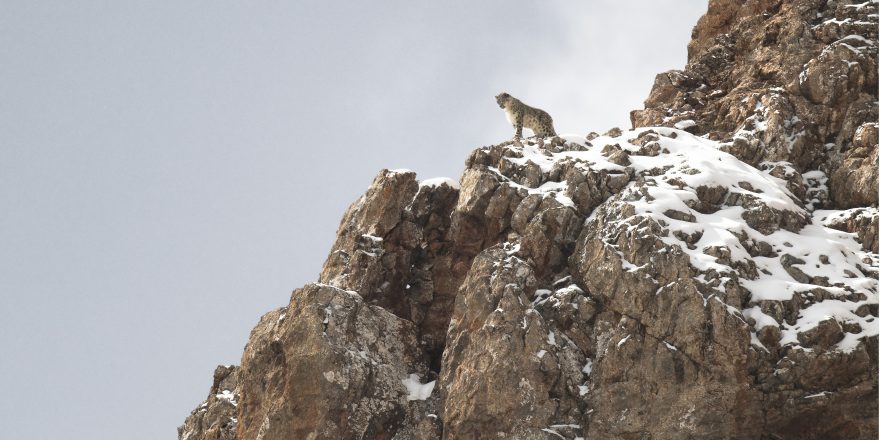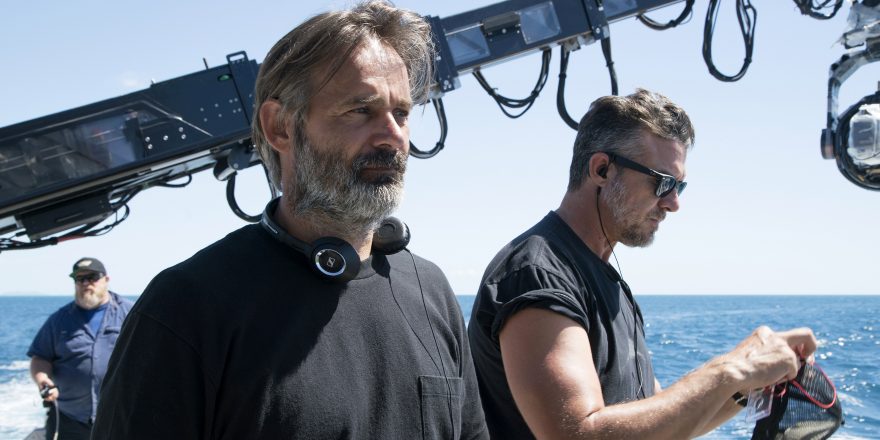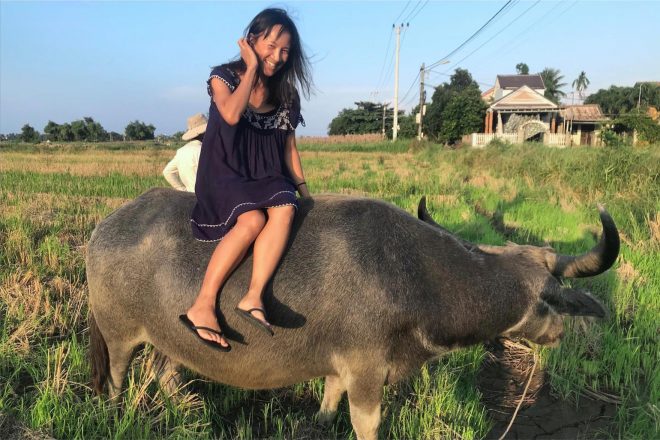The river was rising and the sun was starting to fall. It was rainy season in the Peruvian Amazon and we needed to get back to town. The recent storms had caused the banks to swell and the normally calm Las Piedras River to become a massive, unpredictable force with whirlpools powerful enough to suck in a small craft. Samantha and I had one critical form of transportation and that was a 30-foot fiberglass boat with a four-stroke engine strapped to the back. Unfortunately for us, the motor wouldn’t start and we needed desperately to get back upstream. We started thinking about swimming, weighing the risks in their head. If we could make it across, then it was about an hour’s hike through the forest along the bank to Lucerna, the nearest settlement, where we could find a boat and someone to help. After assessing the situation with a bit more clarity, it was decided the current was too strong and the risk too high. In that moment, I realized I had battery left on my drone and perhaps, if we attached a small sign to it, I might be able to fly it the mile into Lucerna to alert someone for help. With tape, Sam and I attached a loose piece of paper that read “Ayúdame” (Help me) to the bottom of the drone and I started to fly it. I could see in the distance another storm rolling in. There was a limited window to make it there and back before the drone – and our chance of rescue – began to fade.
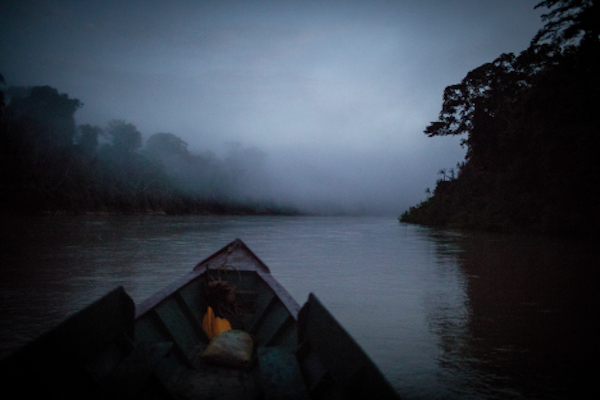
There were many challenges while making Wildcat, a story about Harry Turner, a young British ex-soldier struggling with his mental health, who meets Samantha Zwicker, an American scientist and together they attempt to return an orphaned ocelot back to the wild. The film takes place in the Peruvian Amazon, where obvious challenges exist. There was the two-day journey from my home in Virginia to the remote research and rescue site of Hoja Nueva, Peru. The fungus that grew on the inside of our lenses, even though we sealed everything in pelican cases with cooked silica at the end of every day. The limited energy and ability to charge gear, or keep food fresh, when our only source of power was a small solar panel system dependent on clear skies. While living on a remote platform for days or weeks at a time, the challenges on production were constant and, like on any documentary, something that needed to be navigated. What I don’t often get asked is how these challenges made it possible to tell the story audiences see on screen.
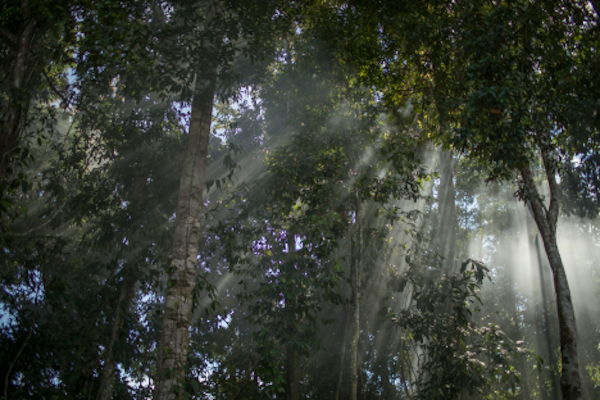
There is something that happens, perhaps unexplainable, when you are in a truly remote environment without cellphone service, without wifi, fully immersed in nature. The constructs of everyday life become irrelevant. The thought patterns that usually take hold and get stuck on repeat start to become quiet and fade away. It takes about a day or so after arriving to adjust, but once it happens, it is lasting. My body began to rise with the sun and the morning call of the howler monkey, nature’s alarm clock. Things that normally feel significant – like the number of emails in my inbox or an unpaid bill sitting on the table – become irrelevant details from a distant life. All of a sudden, you start to focus on basic needs like clean water, fresh food and daily human survival. The remoteness of where this film took place also informed the relationships I built and the conversations I was able to have. There was nothing standing between Samantha, Harry, Trevor Frost (my co-director) and I, or pulling us away, like a buzzing cell phone or a closed door. It was as if we formed a family on this small remote platform in the jungle, a kind of Swiss Family Robinson, undistracted and fully present with each other. This set the table for long hours of sitting, talking, waiting, watching and reflecting. These challenges that hindered production became the very things that bound us together. They contributed to the depth and closeness of our connection and shared life experience. It is not often I am thankful for hurdles, but in this case, it is worth recognizing that the obstacles we faced and the circumstances surrounding us became the very reason Trevor and I were able to make the film we did. And for that, we give gratitude to the rainforest.
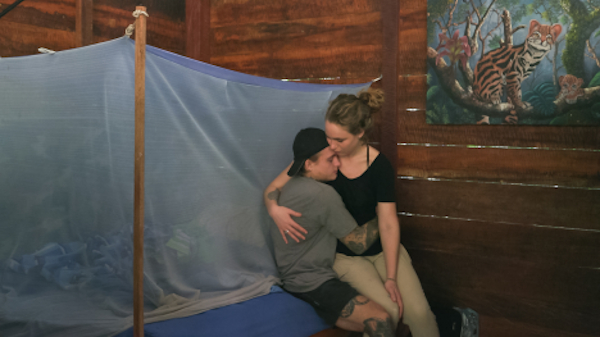
With only 10% battery remaining, I could see from my POV monitor that the drone had made it to town. It had been spotted. It felt like a small miracle – a boat was on its way and we once again had a lifeline. A huge sense of relief came over Samantha and me, even as the storm continued to get closer. After nearly a decade of telling stories in remote, tropical environments, this experience was one example of many that required trust and deep teamwork to navigate. Under stressful circumstances, especially in off-grid environments, it is critical to have that foundation. Through the making of this movie, we were able to build that trust which allowed us to work through moments like this. I flew the drone back to the bank, my aerial camera now in the safety of its waterproof case. Help was on the way. It was another day in the Amazon and an experience that deepened our collective understanding of what we were capable of getting through, together.
Featured image of Melissa Lesh is by Trevor Frost; all images courtesy Melissa Lesh.


